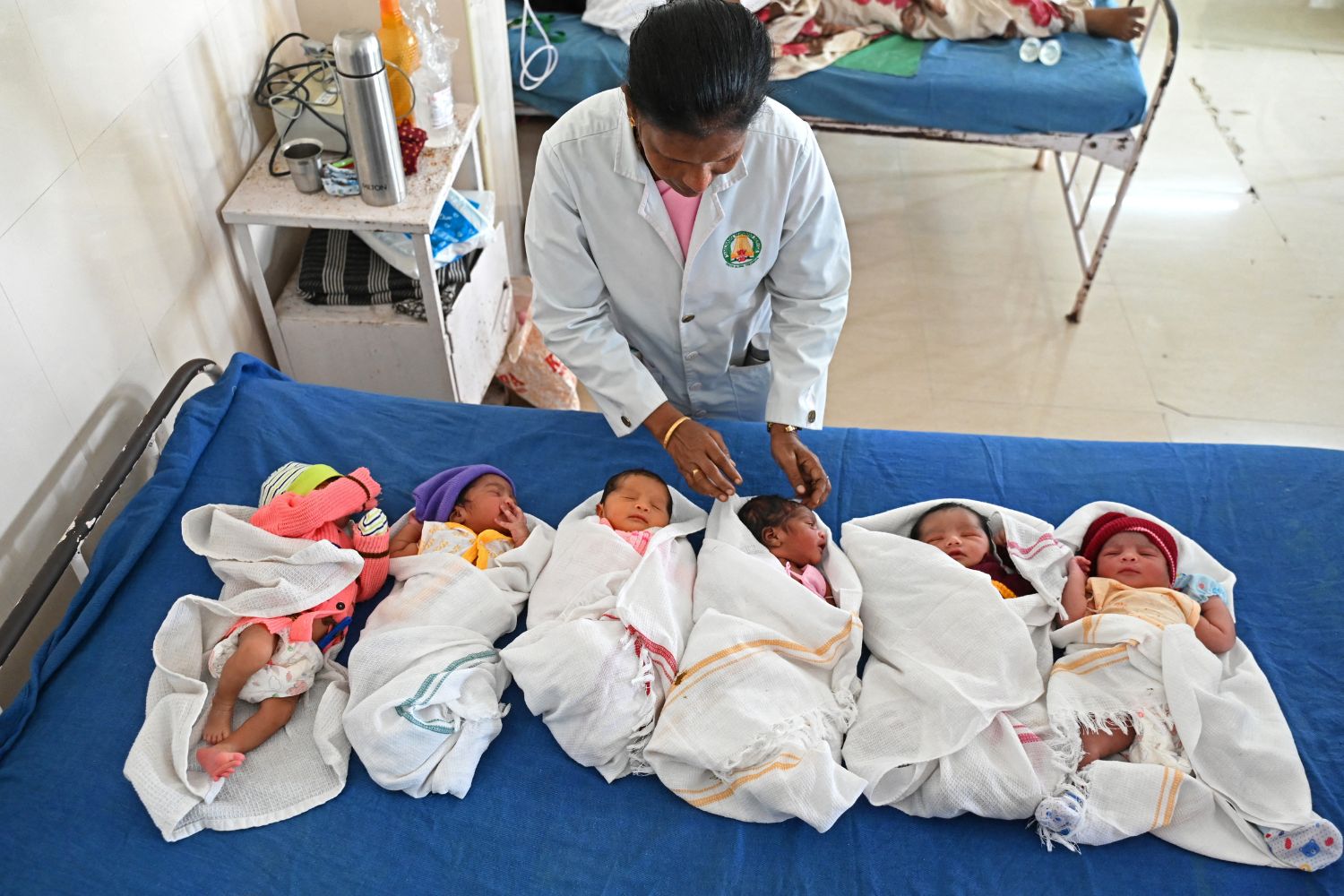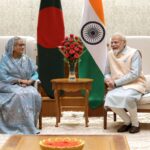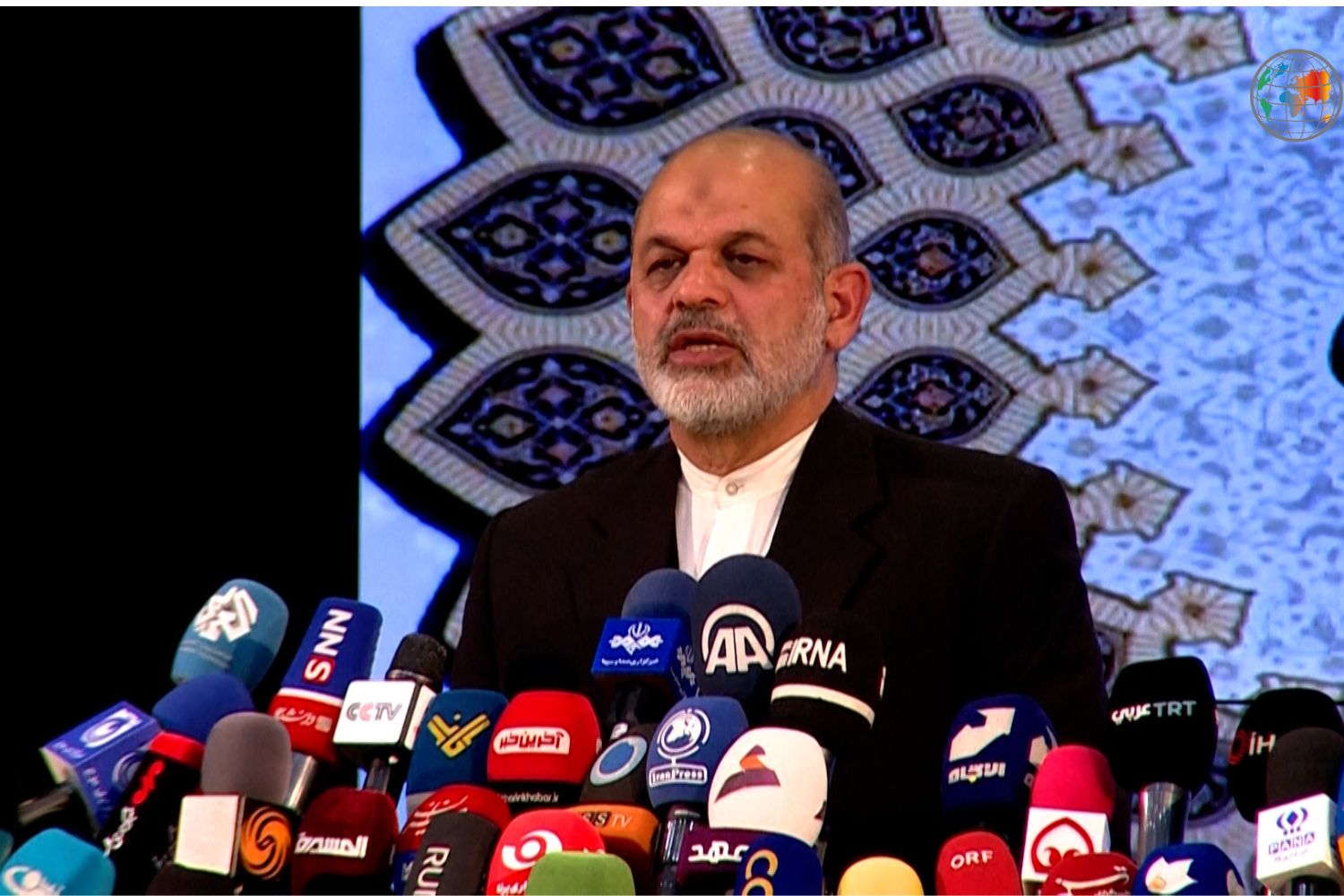India has surpassed China as the world’s most populated nation. However, reports say that with fertility rates dropping, this could change. The government says the country’s demographic profile is rapidly changing, and responding to this requires urgent measures: jobs for its burgeoning young population, investment in healthcare and insurance for its ageing citizens.
Officials say that as of 2023, around 40% of India’s population was younger than 25, while the ageing population of those over 65 is expected to more than double in the next 20 years. According to a UN report, roughly one in every five people in the world aged under 25 lives in India. This means the country’s median age is 28.
Population expert Poonam Muttreja says the Indian government requires a multi-faceted approach to leverage these demographic trends. She was quoted as saying: “In the next few decades, we can prepare the young population for future challenges and equip them with the necessary skills for the Indian and global labour market”.
This would be by improving access to healthcare services, including family planning services, enhancing educational opportunities, and developing comprehensive skill development programs. Although India’s exact population is not known because the last census was conducted in 2011, the State of World Population Report says it officially surpassed China’s 1.425 billion by about 3 million – to become the most populated country in July 2023.
India’s population has grown to more than 1 billion since 1950 and is projected to surpass 1.5 billion by the end of this decade. The forecast is that it will grow to 1.67 billion in 2050 before settling at 1.53 billion in 2100. It will peak at 1.7 billion sometime in 2064.
ALSO READ: Deepfake Detection and Demographic Diversity













